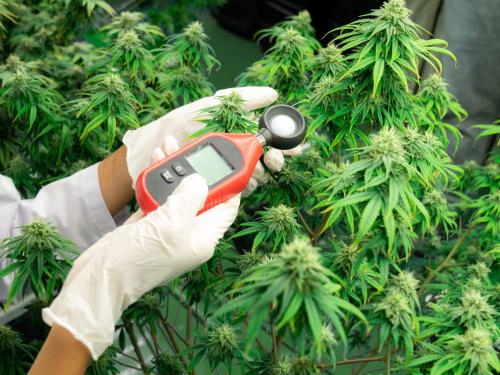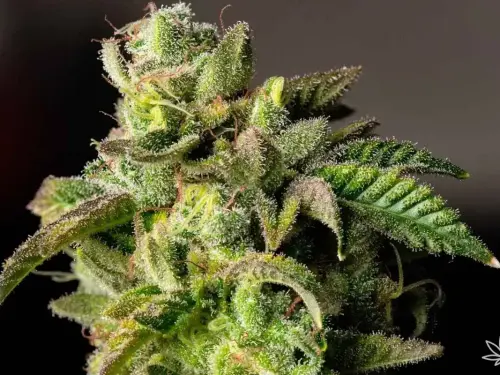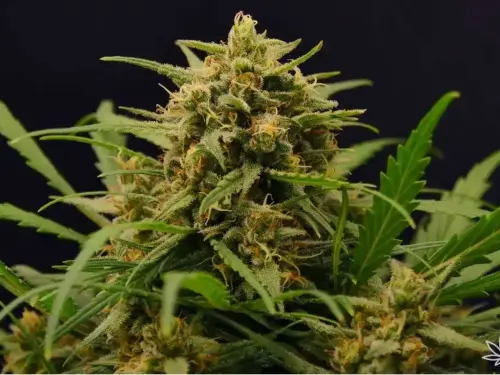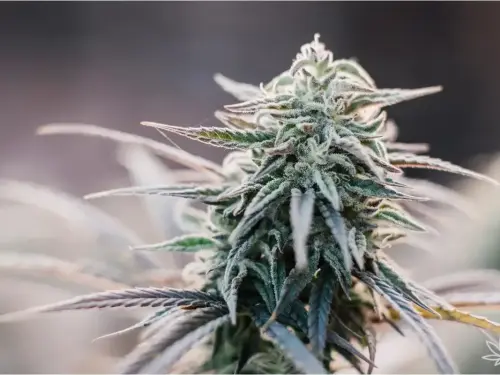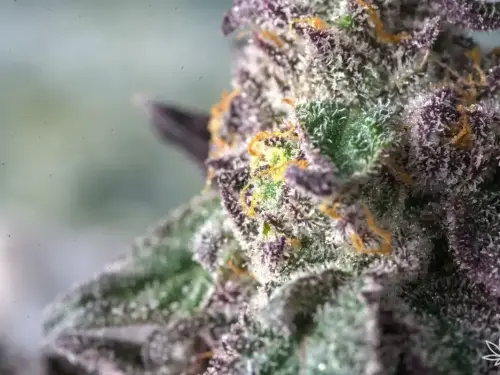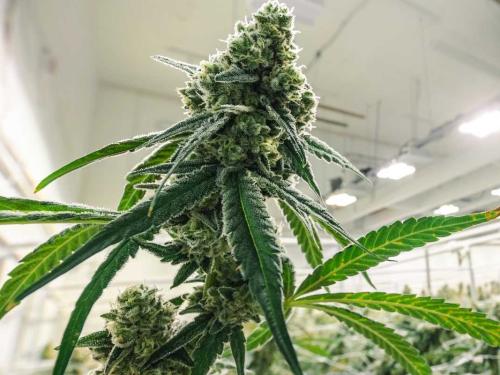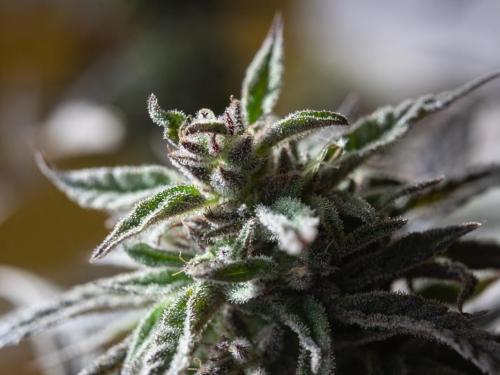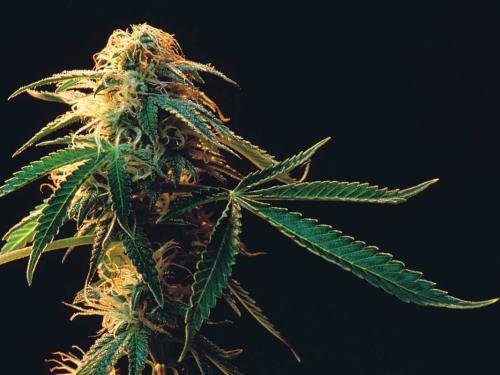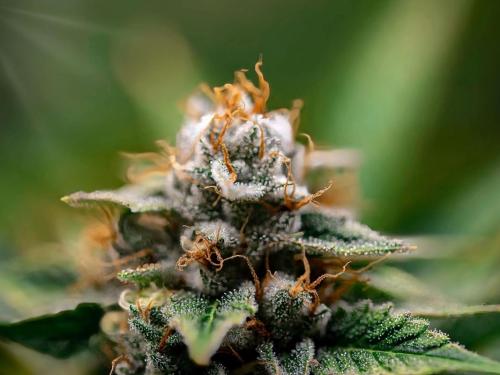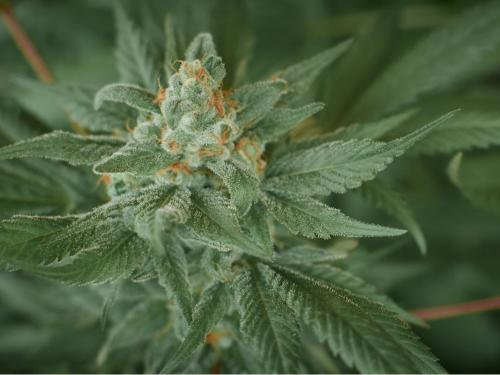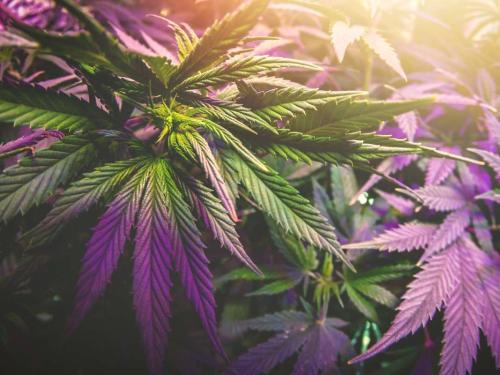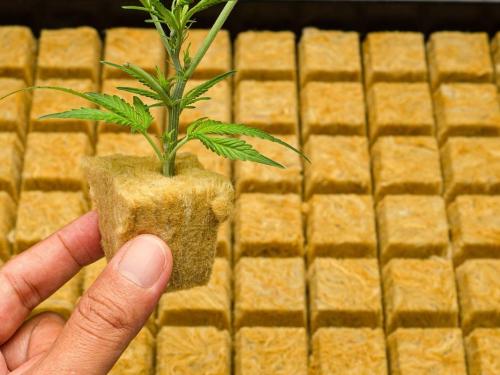How to boost the aroma and flavor of cannabis? Proven methods to maximize terpenes: lighting, temperature, drying, genetics and plant feeding.
Orange Sherbet Auto is an automatic strain with an intense orange-citrus aroma, creamy undertones, and an uplifting, energizing high. A delicious hybrid that blends the taste of orange sorbet with premium potency — perfect for daytime use, creativity, or a sunny mood boost.
Lemon Pie Auto is an automatic strain with an intense citrus aroma, creamy pastry notes, and a strong, balanced effect. Perfect for those who love dessert flavors with energy and power.
Gorilla Strawberry Auto is an automatic hybrid with a rich fruity aroma dominated by sweet strawberry notes and the creamy earthiness of Gorilla. Potent, fast, and highly aromatic — a perfect choice for those who love dessert-like strains with serious punch.
Zkittlez OG Auto is the automatic version of the legendary Californian hybrid that combines the candy sweetness of Zkittlez with the earthy power of OG Kush. Fast, resinous, and intensely aromatic, this strain blends tropical flavor with a deeply relaxing yet balanced high.
Mimosa Auto is the automatic version of the popular strain known for its juicy citrus-tropical aroma and uplifting, euphoric high. It combines speed, potency, and flavor, offering growers an easy cultivation experience and a burst of daytime energy.
Gorilla Zkittlez Auto is the automatic version of the famous hybrid combining Gorilla Glue and Zkittlez genetics. A perfect fusion of power, resin production, and candy-like sweetness — with a fast cycle, heavy yields, and an unforgettable tropical fruit aroma.
Bruce Banner Auto is the automatic version of the legendary strain known for its immense power and intense fruity-diesel aroma. Discover how to grow this hybrid, what its effects are, and why it earned the nickname “the Green Hulk” among autoflowers.
LSD Auto is the automatic version of the legendary cannabis strain, known for its intensely psychedelic effect and rich terpene profile. Discover its potency, aroma, and cultivation secrets — a hybrid for those who enjoy deep mental trips combined with physical relaxation.
Wedding Cake Auto is the automatic version of the legendary cannabis strain, known for its intensely sweet aroma and deeply relaxing effect. Discover how this sugary classic grows, smells, and tastes in its auto-flowering form – perfect for lovers of dessert-style strains.
Can you have too much light in indoor cannabis growing? Learn how excess light affects plants, symptoms of light stress, optimal PPFD and DLI values, and how to set LED and HPS lamps to avoid losing both yield and money.
Rockwool cubes in cannabis cultivation – how they’re made, how to use them properly, and what to watch out for. Learn about health risks, environmental impact, and eco-friendly alternatives.

